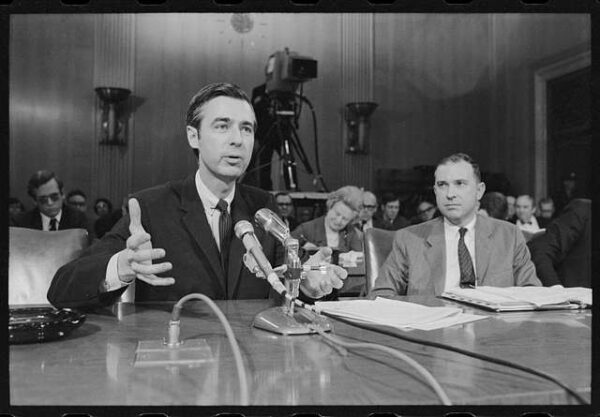
After submitting written testimony to the Working Group On the Status of Vermont Libraries, I was asked to come to the meeting to give oral testimony. I decided that instead of summarizing my written testimony, since there was only ten minutes, I’d do a bullet point style summary. This is that. I should note that while I do refer to the State Library, technically is is the Department of Libraries under the Agency of Administration. Below are my four points.
Standards
While the state library has created minimum standards for “being a library” in the state and provides training in library practices for state certification, there are technological best practices and tools that should be a larger part of this and available to all libraries as part of the continuing education provided by the state library.
Example: two-factor authentication is the de facto standard for the security of online accounts. However, it often requires some level of smartphone access (to run an app or receive a text) and this is not yet something all of our libraries have. Who sets this standard and says it’s important.
Control
With our distributed network of libraries, it makes sense for some services to be centralized. We have some already like ILL, Courier System, some bulk purchasing, summer reading, service to print disabled readers, but I’d like to see this expanded to include technological support and services.
Example: I helped a library do some OCR for some historical documents. While this is within the reach of most larger libraries, smaller libraries have to figure this stuff out individually each time often without staff trained in using the tech necessary for the project. This keeps those communities’ stories effectively offline.
Access
In many cases, being able to use technology effectively becomes an accessibility issue. Public access computers or other devices that might be accessible to a person with disabilities become inaccessible without the knowledge to implement accessibility features or the money to purchase accessibility equipment. Library staff who are used to being the experts in how to provide appropriate materials and services may sometimes decide that if they can’t figure it out, it is not figure-outable. This is a problem.
Example: My library, like many, did programming over Zoom during a lot of COVID. One deaf patron couldn’t participate because the library did not know how to turn on captions (they tried, they couldn’t figure it out, it was complicated) and no one thought to ask me until the patron complained to me directly.
Trust
The libraries in our state are some of the most trusted institutions Vermont has. They help people solve problems in an unbiased, non-judgmental fashion and they offer those services to anyone. At the same time, I believe that libraries are sometimes equivocal about technology, about what can be done with technology and about how to best implement technology. This can range from public computing access, to help with ereaders and smartphones, to answering questions with a technological component (applying for food stamps, filing unemployment claims).
It’s not clear if libraries should be reflecting the technological competency of their communities (whether low or high) or creating not just opportunities but encouragement to people that they can use technology to solve problems. I’m a fan of the latter approach and I think having a better funded state library with the staffing and the mandate to have all aspects of technology be a core mission is an important part of that. Thank you for your time.